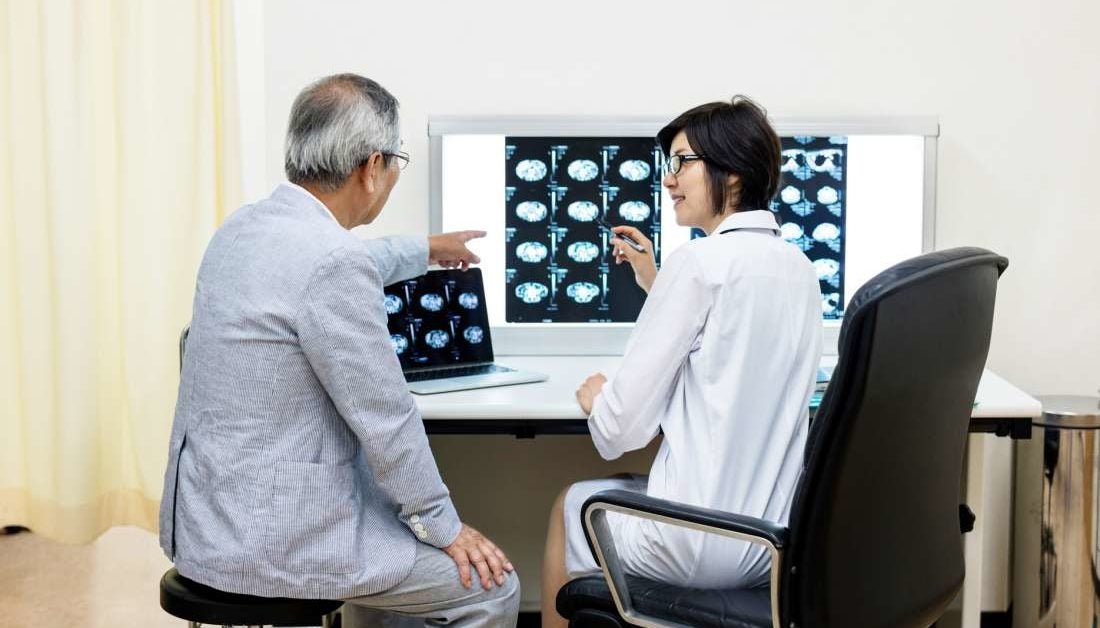

- Mirror neurons in thebrain how to#
- Mirror neurons in thebrain skin#
- Mirror neurons in thebrain series#
Could mirror neurons still play a role today?Ībsolutely. But how do we take what we know about mirror neurons and apply it to learning in today’s digital world? After all, the way we learn today in 2018 is m uch different than 500, 50, or even 10 years ago. Mirror neurons prove that the basis of human comprehension stems from observing, comprehending, and imitating. Mirror neurons and learning in the digital world At its core, the mirror neuron system gives new meaning to the important role human interaction plays in learning. At its core, this discovery provides never-before-realized understanding into how we learn and grow. The point he makes is that mirror neurons are what enable humans to spread knowledge so quickly and effortlessly. The imitation of complex skills is what we call culture and is the basis of civilization.” And then once it’s learned it spreads in geometric proportion across a population. What the polar bear took 100,000 years to learn, a human can learn in five minutes.
Mirror neurons in thebrain skin#
a human being, a child, could just watch its parent kill another polar bear, and skin it and put the skin on its body, fur on the body, and learn it in one step. , for a polar bear, to evolve a fur coat, it will take thousands of generations, maybe 100,000 years. Darwinian evolution is slow it takes hundreds of thousands of years. This made evolution suddenly Lamarckian, instead of Darwinian. So that when there was a sudden accidental discovery by one member of the group, say the use of fire or a particular type of tool, instead of dying out, this spread rapidly, horizontally across the population, or was transmitted vertically, down the generations. “I claim that what happened was the sudden emergence of a sophisticated mirror neuron system, which allowed you to emulate and imitate other people’s actions. This means that our brains are able to adopt the behavior of the person we are looking at and respond as if we are the ones doing the action – which is truly astonishing when you think about the impact these neurons might have had on mankind and the way we have evolved as a civilization.įor example, neuroscientist Vilayanur Ramachandran theorizes that it is thanks to the mirror neuron system that humans have had a snowball effect of technological advances over the last 10,000 years: What was surprising, though, is that the same neurons that fired when performing the activity would also fire when the monkeys observed someone else performing the same activity. In each experiment, a monkey would perform an action with his hand or mouth, like reaching for a piece of food, and the team would record the corresponding neuron activity.
Mirror neurons in thebrain series#
In the 1990’s, Italian neurophysiologist Giacomo Rizzolatti and his team conducted a series of experiments to study the neurons that control motor movements in macaque monkeys. In order to understand mirror neurons, let’s first examine the study that lead to their discovery. These instances of empathizing with someone simply by observing a behavior are made possible by mirror neurons. It’s the reason why when someone smiles at us we can’t help but return the gesture, or why they say yawning is contagious. Read also: Hijack your learning KPIs with science – 5 brain hacks to drive learner engagement Have you ever felt the intense, cringeworthy secondhand embarrassment of a comedian being booed off stage, as if you were the one being heckled? Or have you ever witnessed someone bump their elbow on something and immediately felt yourself tense up and say “ouch!” in solidarity with them? These aren’t coincidences. Observing and replicating behavior is the most basic form of learning, but it applies to the way we learn as adults, too.Īs the second article in our series celebrating the science behind learning, we will examine Giacomo Rizzolatti’s breakthrough research in mirror neurons and ask the question: are we hardwired to learn through human interactions?
Mirror neurons in thebrain how to#
It takes no more than a few minutes to teach a baby how to smile, stick her tongue out, wave her hand in the air – simply by showing. From their very first day on earth, babies learn by interacting with other human beings.


 0 kommentar(er)
0 kommentar(er)
